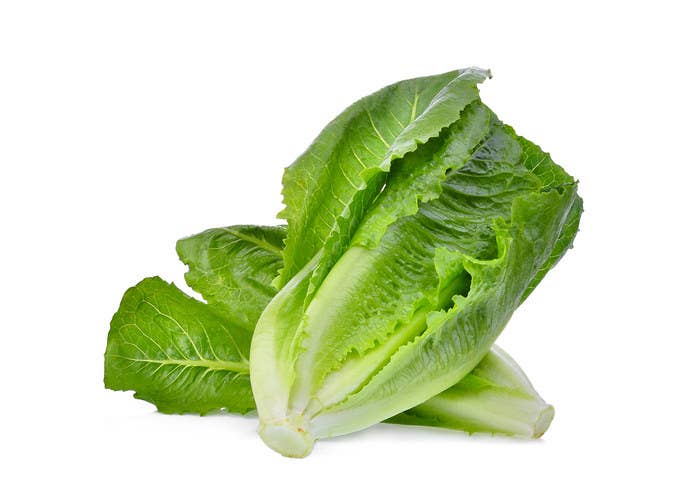
A farm in California has been identified as at least one source of contaminated romaine lettuce that has caused an outbreak of illnesses due to toxic E. coli bacteria.
An E. coli–contaminated sample was collected from an agricultural reservoir used to irrigate the crops on the farm, the CDC and the Food and Drug Administration announced Thursday.
“One of the samples that was tested by the CDC was positive for the outbreak strain by genetic fingerprinting and was found in the sediment of an agricultural water reservoir at one ranch that is owned and operated by Adam Bros. Farming in Santa Barbara County, California,” said Stephen Ostroff, senior adviser to the FDA commissioner, at a press briefing.
E. coli O157:H7 is a dangerous type of bacteria because it produces a toxin known as Shiga. As many as 5–10% of people who get sick from Shiga toxin–producing E.coli can develop hemolytic uremic syndrome, a potentially life-threatening type of kidney failure.
So far, 59 people have gotten sick in 15 states and the District of Columbia, including 23 people who have been hospitalized. Two people have developed hemolytic uremic syndrome, but no one has died in the current outbreak.
Earlier this year, five people died and 210 got sick in a separate and unrelated E. coli outbreak linked to romaine lettuce.
The Adam Bros. farm hasn’t shipped any romaine lettuce since Nov. 20, 2018, according to the FDA. The contaminated water was used to irrigate crops on just the one farm, and doesn't seem to explain all of the illnesses that are associated with the current outbreak, which is still being investigated, Ostroff said.
However, the finding did help to narrow the growing regions that consumers should avoid. In November, the CDC asked consumers to avoid all romaine lettuce from the central and northern coastal regions in California.
They now say romaine from Ventura, San Luis Obispo, and Santa Cruz counties in California is safe to eat if it was harvested after Nov. 23. Other safe sources of romaine lettuce are those in other places like Florida and Mexico, or products that are labeled as grown in a greenhouse or hydroponically.
However, consumers should still avoid all romaine lettuce grown in three counties — Monterey, San Benito, and Santa Barbara — in California, Ostroff said.
There's a new effort by the FDA to label the greens with the date and growing region, which should help determine where it was grown.
"Consumers should be noticing that romaine lettuce is becoming available with labeling information about where it was grown and the harvest date, or whether it was labeled as hydroponically or greenhouse green," Ostroff said. "If this information is not available on the product, consumers should not purchase or eat it."
Symptoms of E. coli include severe stomach cramps, diarrhea that can be bloody, and vomiting, which usually occur three to four days after exposure. The symptoms of hemolytic uremic syndrome can include fatigue, decreased urine output, and unusual bruising or bleeding.
It's not clear yet how the Adam Bros. farm's water source became contaminated, but E. coli can be found in the gastrointestinal tracts of mammals, including cattle and other farm animals, the CDC said.
